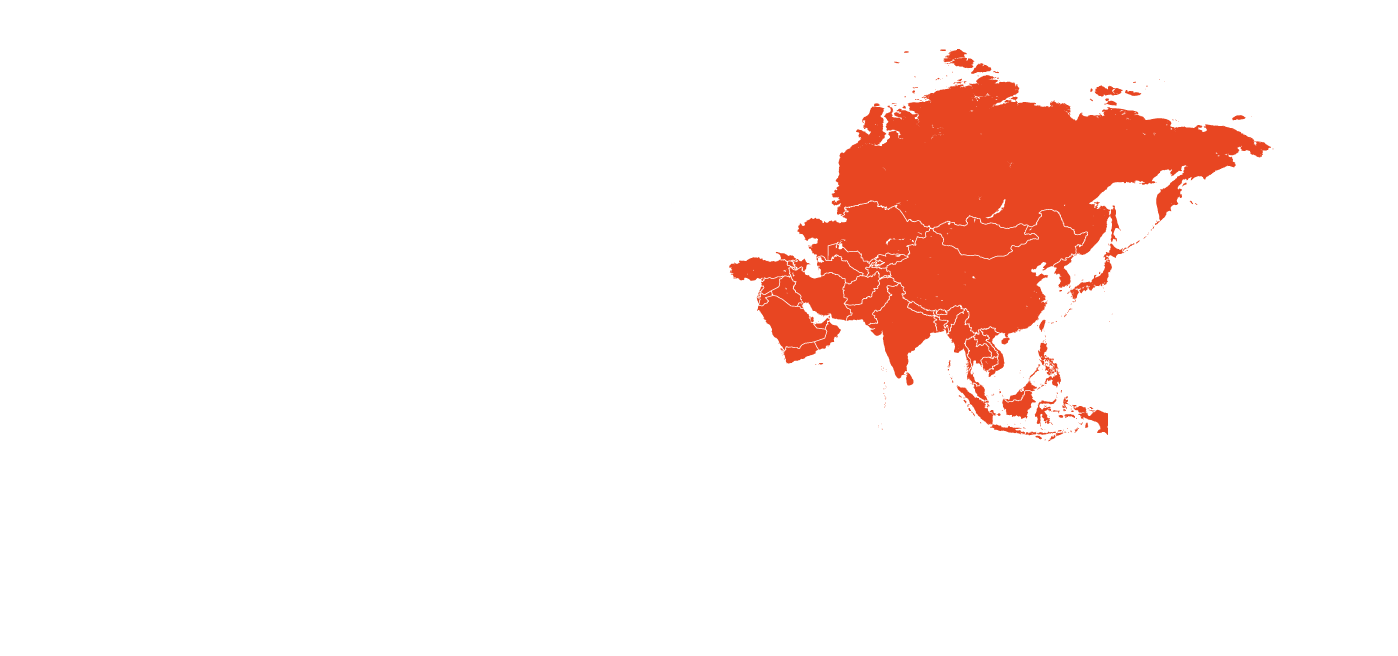TURBOSCREEN screen decanter
TURBOSCREEN screen decanter
The most advanced development in solid-liquid separating technology
The TURBOSCREEN screen decanter is one of the most advanced developments in solid-liquid separating technology and has considerable design and technical process advantages over the well-known centrifuge designs.
On solid bowl screen centrifuges used up until now the screening section is connected to the small diameter of the solid bowl cone and is dimensionally identical. This design arrangement has the disadvantage of offering a small volume and so a high solids capacity with reduced centrifugal force in precisely the dewatering section of the centrifuge.
The SIEBTECHNIK TURBOSCREEN screen decanter is a combination machine consisting of a solid bowl in the product feed zone and a screen bowl fitted downstream.
The solid materials are separated by means of sedimentation in the solid bowl and thickened. As a result, the product can be washed and dewatered up to the mechanically separable dewatering limit.
The special construction with a large-dimensioned screen bowl and support at both ends enables high centrifugal forces and long dwell times. This enables slow-settling solids to be well separated, then washed and dewatered up to the dewatering limit.
The second stream of liquid is drained off through a separate liquid drainhole.
All SIEBTECHNIK TURBOSCREEN decanters are individually adapted to suit product conditions and systerm requirements.
Operational behaviour and mechanical characteristics
In the TURBOSCREEN the advantages of the solid bowl centrifuge and the screen centrifuge are optimally combined in two work stages.
In the first process step the solid matter is pre-dewatered on the bowl cone in the solid bowl centrifuge section. The filling volume of the bowl and so the length of the drying section can be steplessly adjusted by means of a weir plate. The clarified liquid is decanted off over this weir plate.
The pre-thickened solid is discharged over a discharge edge into a much larger dimensioned screen bowl fitted downstream. Here at the second work stage the solids cake is broken up and redistributed with a lower head of material proportional to the larger volume capacity.
At the same time the solids cake is subjected to considerably higher centrifugal forces proportional to the large diameter, whereby the filtering out of the residual liquid is made easier.
Because with the well thickened solid matter only comparatively little liquid passes into the screening section, the carry-over of very fine grains through the screen bowl is small and because of recirculation into the centrifuge cannot be rated as a loss.
The generously dimensioned screen bowl with the low solid matter content is likewise especially suited for washing. Here the washing liquid is drained off separately from the mother liquor.
Drives for centrifuges
The solution to a separation task depends very decisively on the centrifuge drive. The centrifugal force required for solid-liquid separation is determined by the bowl or screen speed. To achieve the right speed for optimum separating results, it is frequently necessary to keep the speeds variable. The drive control needed for this is designed by our specialists specifically to fit your application.
Furthermore, on screen worm centrifuges and in decanters the speed differential between the solid-conveying worm and the bowl is decisive. It determines the time which the solid spends in the centrifuge and so the quality of the drying. The correct speed differential for your separation task is determined by the correct choice of gear unit. The speed differential here may be constant, but may also be variable. In the latter case the back-drive, where the otherwise fixed gear input shaft is also driven, is used. If the worm speed is required to be kept completely independent of the drum speed, hydraulic drives (viscotherms) or two-stage gear units with an upstream differential planetary stage are used.
To guarantee the operational reliability of your centrifuge, the drive system is continuously monitored. Excessive speeds, overcurrent and slip are identified and reported to the machine control system and there processed.
Only a drive system specially designed for your separating task will give optimum separating results.
Explosion protection / inertising
Explosion protection/inertising
Inertisation of our machines and systems may be necessary for various reasons. In many industrial processes it is necessary for safety reasons to reliably prevent the build-up of an explosive atmosphere through dust or gases (ATEX).
It may also be necessary to seal and overlay the product spaces with inert gas, e.g. nitrogen (N2) or carbon dioxide (CO2), to prevent oxidation and maintain product quality.
Use SIEBTECHNIK specialialists’ many decades of experience in all areas of industry to help seal and inertise the process spaces in your centrifuges.
We will be pleased to work with our customers to draw up an inertising concept for the integration of our machines into existing or scheduled plant systems.
Hygienic Design / CIP
The name SIEBTECHNIK is inseparably associated with dewatering tasks to meet the most stringent hygiene requirements. The separation of batter from frying oil at temperatures of approx. 200°C with the SHORTBOWL decanter centrifuge, the centrifuging of lactose crystals with the SHORTBOWL decanter centrifuge and the CONTURBEX screen worm centrifuge for the manufacture of baby food or the manufacture of extremely pure inorganic salts with our CONTURBEX and pusher centrifuges are some examples. Design features for this are the technical separation of the drive and processing sections of the centrifuge and highly developed sealing systems that are easy to clean by CIP.
For the optimisation of centrifuges in the hygiene sector and/or in areas where e.g. cross-contamination has to be prevented by CIP we use riboflavin tests to examine and optimise cleaning results.
Our self-developed and USDA-certified CIP nozzles, self-developed hygienic screw connections, special hygiene surfaces or our highly developed USDA-conformant sealing technology make many dewatering tasks possible only with our centriguges.
Service
Our reliable service enables optimum operation of your machines and systems. We offer energy optimisation, machine monitoring, an on-site maintenance and & repair service, OEM spare parts, damage cause analysis, maintenance & repair kits, stock inventory analysis, machine history management, personal technical consultation, training & workshops, 24 hr service, retrofitting & upgrades and used & loan machines.
Ask us, we’re there for you.
System solutions
SIEBTECHNIK TEMA has consistently developed itself into one of the world’s most innovative manufacturer of continuous centrifuges and suppliers of system solutions in the field of mechanical and thermal solid-liquid separation since the early 1940s. SIEBTECHNIK/TEMA is your reliable partner for customer-focused, custom-built machines and system solutions.
SIEBTECHNIK TEMA centrifuge and drier systems offer you the latest technology, customer- and product-specific special fittings and individual consultation at the pre-sales stage and reliable support in the after-sales process. For mechanical liquid separation continuously operating centrifuges are often the technically and economically best solution. They separate large volumes in closed housings with little space requirement and low energy and time costs. Also drying on the fluidised bed with fluidised bed driers and coolers has established itself in numerous branches of industry and applications.
Advantages
- Continuous operation
- High yield/minimum loss of solid matter
- Good washing results
- Mother liquor and washing liquid can be separated separately from each other
- Little residual moisture
- Flexible drive concept
- High machine availability
- Minimum maintenance
- Long service life














